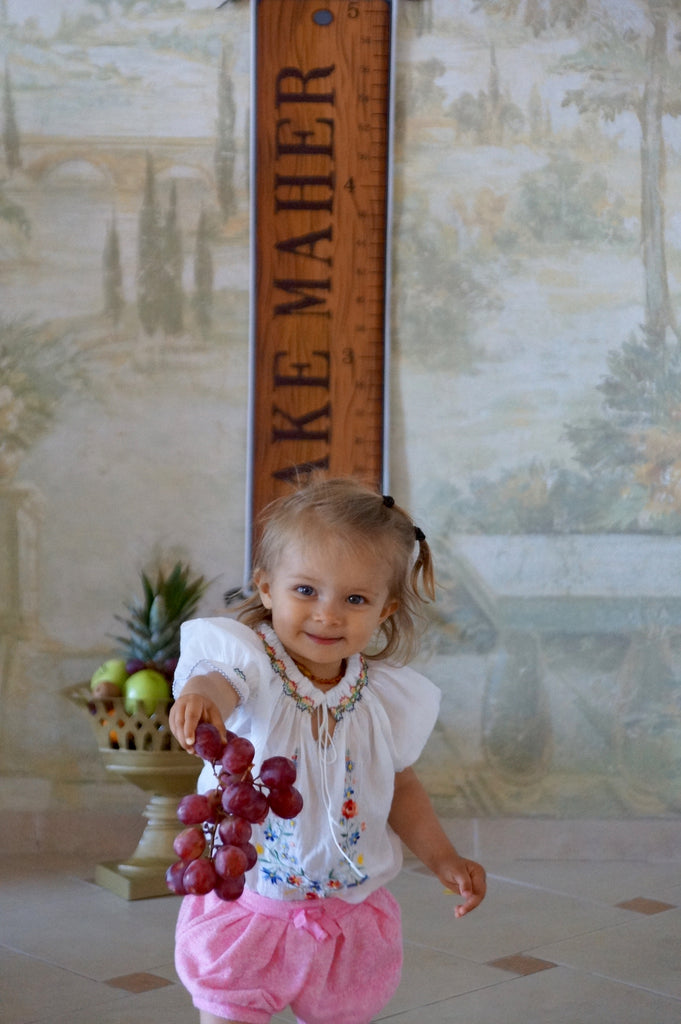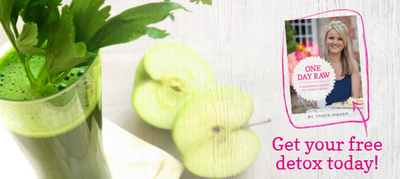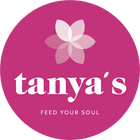Dirty Dozen Clean 15 | Clean and Mean 18 | When to buy organic
I'm often asked which non-organic produce is ok to eat and which to avoid at all costs.
Ready to hear the answer?


The top 15 foods with the least pesticides are called the Clean 15, while the 12 foods with the most pesticides are called the Dirty Dozen.

As you know, we strive to only offer you organic foods at Tanya’s, but the process to become certified is insanely long, so legally we aren’t allowed to go on shouting the word Organic until we have The Soil Association stamp of approval.
At times I feel like giving up. Why bother paying almost double on organic produce if we can’t even say ‘organic’ on our labels yet?
But I know my own values and it’s simply out of the question to start offering you anything less than pure natural food without anything sneaky. Or worse, anything poisonous.

When you get a Tanya’s 'salad bowl with dressing and nuts’, I want you to feel confident that you aren’t getting a ‘salad bowl with dressing, nuts, pesticides, fungicides, a dash of herbicides and a sprinkling of artificial chemicals’.
Then, there’s the expense of getting certified.
This makes me wonder how many farmers out there don’t have a spare £850 to spend on maintaining certification every single year…
Perhaps their produce is sold in the conventional produce isles even though they use no chemicals or only natural insect repellents.
Or perhaps their produce is so attractive to all the insects of the world, that it must be drenched in something to explode the stomachs of those bugs from first lick in order to keep them away.
(Btw, the main difference between our stomachs and the stomachs of those insects is the size. If we continue consuming mostly conventionally grown produce, it is only a matter of time until we too pay with serious consequences.)
THAT is the produce you want to avoid at all costs.
So, how do you know what THAT produce is?

In the US, there’s a handy list produced annually by The Environmental Working Group (EWG) called The EWG’s Shopper’s Guide to Pesticides in Produce™.
Aka Dirty Dozen and Clean 15.
The guide ranks pesticide contamination on 48 popular fruits and vegetables and is based on results of more than 35,200 samples tested by the U.S. Department of Agriculture and the Food and Drug Administration.
The top 15 foods with the least pesticides are called the Clean 15, while the 12 foods with the most pesticides are called the Dirty Dozen.
CLEAN FIFTEEN (ok to buy if non-organic)
Sweet Corn*
Avocado
Pineapple
Cabbage
Onions
Sweet peas frozen
Papaya•
Asparagus
Mango
Eggplant (aubergine)
Honeydew Melon
Kiwi
Cantaloupe
Cauliflower
Grapefruit
DIRTY DOZEN (only buy these if organic)
Strawberries
Spinach
Nectarines
Apples
Peaches
Pears
Cherries
Grapes
Celery
Tomato
Sweet bell peppers
Potato
*A small amount of sweet corn, papaya and summer squash sold in the United States is produced from genetically modified seeds. Buy organic varieties of these crops if you want to avoid genetically modified produce.

In the UK, The Expert Committee on Pesticide Residues in Food (PRiF) survey the pesticide residues in food every quarter.
Not all produce is tested every time, so I’ve taken the summary from (a rather outdated 2005 report by) the Pesticide Action Network UK (PAN) and pulled the data together myself from 2015 and 2016 files for the most current list -
aka The Clean and Mean 18.
PRiF monitors popular home-produced and imported food to check for any pesticide residues. This is done in order to check that:
-No unexpected residues are occurring in crops (this backs up the statutory approvals process for pesticides)
-Residues do not exceed the statutory Maximum Residue Level (MRL)
-Human dietary intakes of residues in foods are within acceptable levels
The top 18 foods with the least pesticides are called the Clean 18, while the 18 foods with the most pesticides are called the Mean 18.
CLEAN 18 (ok to buy if non-organic)
Apples*
Aubergine (eggplant)
Banana
Broccoli
Brussels sprouts
Celery
Courgette
Kiwis
Leak
Mango
Nectarine
Onion
Pears
Peas without pods
Plantain
Potato
Radish
Sweetcorn
MEAN 18 (only buy these if organic)
Bean Sprouts
Beans with pods
Berries: Blueberries
Berries: Blackberries
Berries: Strawberries
Chilli peppers
Citrus: oranges, grapefruit and lemon if peel is consumed
Cucumber
Exotic fruit
Ginger
Grapes
Lettuce
Melon
Okra
Peppers
Pineapple
Prepared fresh fruit
Tomatoes
*This varies due to season significantly so personally I will always stick to organic.
These lists are super handy to take with you on your shopping trips or while travelling to know when to buy organic and when it’s ok to buy conventional.
I hope that in the future, Organic Certification will be Government funded and that the poisons used to grow our crops will need to be listed in the ingredients list of every label by law.
What do you think?
x Tanya
Please note that these lists are updates all the time, so keep an eye on the below resource links for the latest findings:

